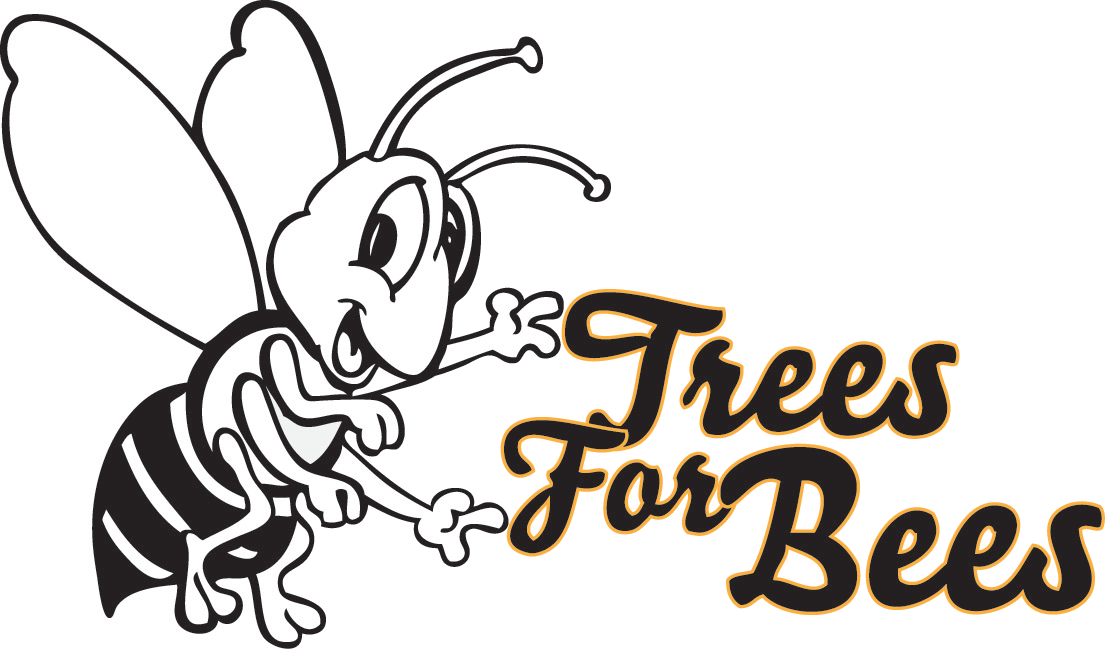Gardens
Why are bees important?
Imagine a world without strawberries, kiwifruit, apples, nuts, coffee, chocolate or even denim jeans! And that’s only the beginning.
One mouthful in three and nearly ¾ of the diversity of our daily food is directly attributed to bee pollination. Billions of dollars in NZ export earnings depend on bee pollination. And so do many plants in your garden.
What is happening to our bees?
Honey bees all around the world are in decline because of Varroa mite infestations and other threats. Pesticide misuse is killing bees. Habitat degradation takes away flowers which supply nectar and pollen, their essential food. Bees are now dependent on humans to protect them.
What can you do?
Do not spray when plants are in flower or bees are present. Spray early morning or at sunset.
Provide fresh pesticide-free drinking water for bees.
Plant good nectar and pollen sources in your garden to nourish bees.
Bee-friendly kitchen and herb plants
Herbaceous
Basil (Ocimum basilicum)
Chives (Allium schoenoprasum)
Cucumber, melon (Cucumis spp.)
Echinacea (Echinacea purpurea)
Pot marigold (Calendula officinalis)
Sage (Salvia officinalis)
Squash, pumpkin (Cucurbita spp.)
Sunflower (Helianthus annuus)
Sweetcorn (Zea mays)
Trees, shrubs and climbers
Apple (Malus spp.)
Bay laurel (Laurus nobilis)
Kiwifruit (Actinidia deliciosa)
Lavender (Lavandula spp.)
Lemon, orange, grapefruit (Citrus spp.)
Pear (Pyrus spp.)
Plum, peach (Prunus spp.)
Rosemary (Rosmarinus officinalis)
Be sure to select cultivars that attract bees:
Select “single” flowers not “doubles” or “triples”
Choose simple traditional flowers not highly modified flowers
Garden catalogues often mark which cultivars attract bees
Bee-friendly ornamental flowers & plants
Herbaceous
Balsam (Impatiens glandulifera)
Cornflower (Centaurea spp.)
Hollyhock (Alcea spp.)
Michaelmas daisy (Aster novae-angliae)
Penstemon (Penstemon spp.)
Phacelia (Phacelia tanacetifolia)
Salvia (Salvia spp.)
Sweet alyssum (Lobularia maritima)
Zinnia (Zinnia spp.)
Trees, shrubs and climbers
Australian gum (Eucalyptus spp.), wattles (Acacia spp.) and Banksia (Banksia spp.)
Bottlebrush (Callistemon spp.)
Cabbage tree (Cordyline australis) *
Camellia (Camellia spp. – single flowers only)
Harakeke, NZ Flax (Phormium tenax/cookianum) *
Koromiko (Hebe stricta/salicifolia) *
Maple (Acer spp.)
Michelia (Michelia spp.)
NZ jasmine (Parsonsia heterophylla) *
NZ Lacebark (Hoheria populnea/sexstylosa/angustifolia) *
Oak (Quercus spp.)
Pohutukawa/Rata (Metrosideros spp.) *
Putaputaweta (Carpodetus serratus) *
Rengarenga (Arthropodium cirratum) *
Rewarewa (Knightia excelsa) *
Tarata, kohuhu, karo (Pittosporum spp.) *
Three/Five finger (Pseudopanax colensoi/arboreum) *
Tulip tree (Liriodendron tulipifera)
Wisteria (Wisteria sinensis)
*indicates NZ native plant species; spp. = species
Planting for bees
Plant in generous clusters of the same species for wow factor and Bee Appeal
Large clusters of each species will attract bees into your garden
Plant flowers for each season
A steady source of nectar and pollen all year round sustains bees
Do not plant prohibited or controlled weeds. If in doubt check it out:
The National Pest Plant Accord (NPPA) - www.biosecurity.govt.nz/nppa
Your regional Council website - http://www.localcouncils.govt.nz/
